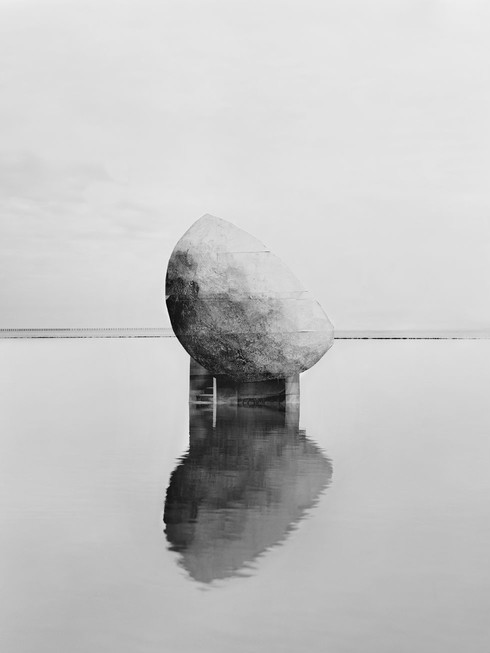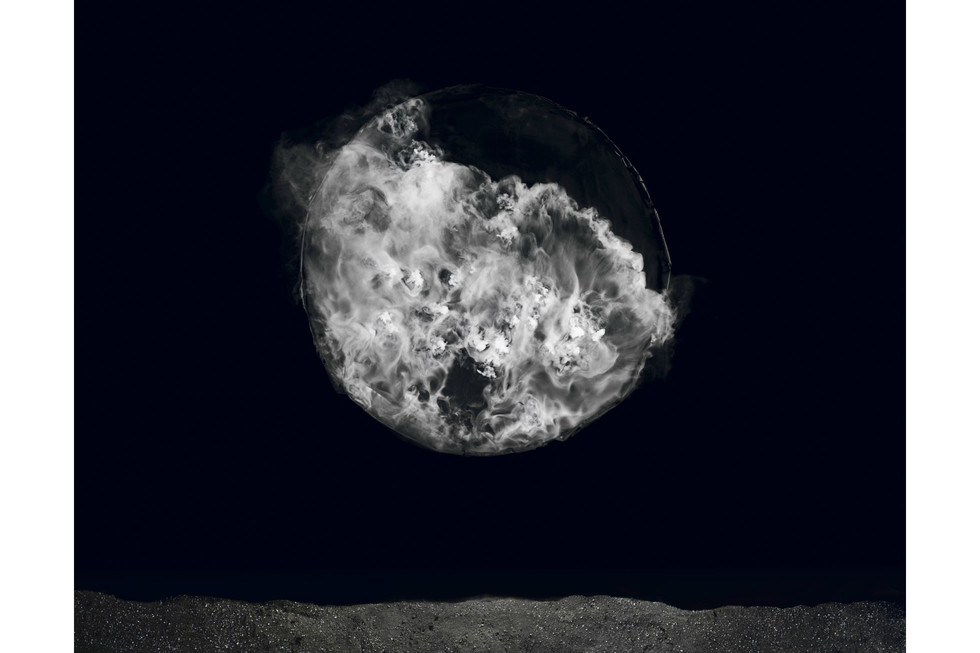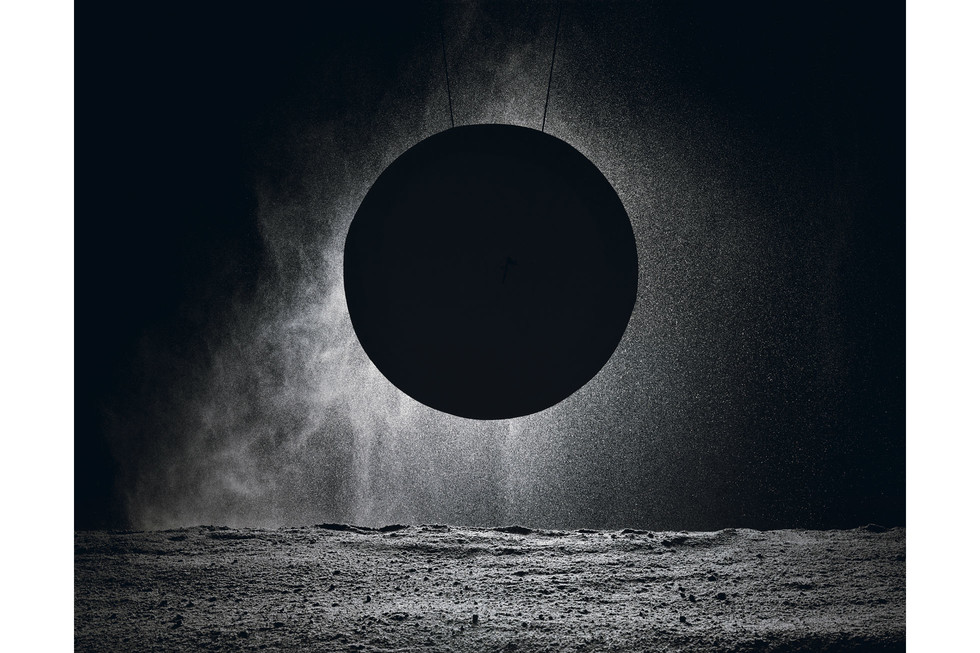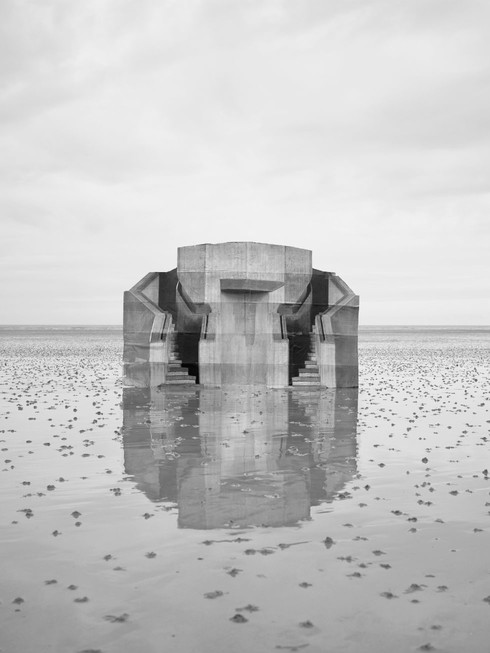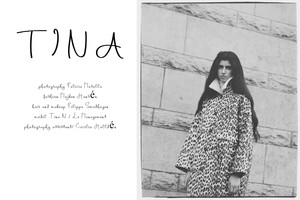When in Grasse making perfume with Chanel
Written by Pari DamaniIn celebrating the 1-year anniversary of the ‘Gabrielle’ perfume I was invited to go to Grasse to the Chanel flower fields and experience the art of perfume making.
We arrived at the Chanel Bastide early morning in the late september heat, a kind of temperature I was not used to at that time of the day being from Sweden, it felt like my makeup was melting down my entire face and my hair was getting frizzy. I imagined this is where legendary No.5 was born.
The scent of the flowers hit you in the air and breathing has never been so luxurious and I saw Gabrielle Chanel walking the fields finding inspiration for her first perfume. At first I found it hard to focus, where should I go first -this is the Chanel Bastide in Grasse! The surroundings are beautiful by the mountains of Grasse, rows and rows of Jasmine flowers, Tuberose, May Rose and Geranium all grow there just for making perfumes for Chanel. Still in shock we were warmly welcomed as I was having a coffee, yet again I remind myself to breathe and take in all the impressions. The Bastide truly lives the essence of Gabrielle Coco Chanel, a stone house with a soft blend of beiges, an interior of beige, white and black. Simple and elegant.
Grasse has a long history of perfume making. Since the end of the 1800- century Grasse has been the center of creating oils from flowers and fruit surrounding the city and is the main provider for the French perfume industry. It is also where Chanel has it’s fields of flowers and the distillation factory just a few minutes from where the flowers are grown and picked. I had before this trip never quite understood the process of perfume making, how a flower ends up in a bottle was a mystery and very hard to grasp. But the process was very fascinating to see.
Wearing black shiny Chanel rubber boots and beige apron we walked through the Jasmine and the Tuberose fields with the land owner mr Joseph Mul. His love really shows through the quality of the flowers, where no chemical fertilizers are used, and his passion for the twenty hectares which he inherited from his great grandfather.
The scent of Jasmine was mildly in the air when we walked through the field with Mr. Mul. He encouraged us to pick a few flowers hold them tightly in our hands for a minute to experience how the aroma develops from the warmth of our palms, during this minute the scent is amazingly much stronger as if I had just sprayed myself with ‘Gabrielle’.
‘Gabrielle’’ is composed out of four white flowers; Jasmine, Tuberose, Orange Blossom and Ylang-Ylang by Chanel perfumer Olivier Polge. With inspiration true to the legacy of Mademoiselle Chanel ‘Gabrielle’ is the only perfume created bearing the name of the legend herself. It is no secret Mademoiselle Coco had a special relationship with white flowers. Camellia was also a favourite and a repeated inspiration through her jewellery and fashion designs. Jasmine Oil ‘Huile de Jasmin’ has been in the Chanel beauty range since it first launched in the 1920’s and remains as a key ingredient creating beauty products and perfumes.
Each flower has their own appointed teams when harvesting, for example the Jasmine is a small fragile flower and requires delicate fingers and a light touch, Mr Mul explained, so therefor experienced people are chosen for picking. Tuberose grows to be a long beautiful stem with flower bulbs at the top, white petals with a yellow center makes it very elegant, but the scent from this flower is strong and very mysterious, earthy yet sweet. Put a few of the bulbs in water and the scent will intensify day by day as if living in a Tuberose oil. I was given the chance picking a few flowers and during that time wondering how these tiny flowers become oil or an ingredient in a perfume.
The Jasmine flowers are carefully weighted, put in metallic crates with a solvent. Being cooked in high temperature the solvent soaks up all the fragrance from the flowers, then magically turned into a wax called a concrete. This is what becomes oil and an absolute to make Chanel perfume. Absolute is a concentrated liquid in which the alcohol is removed from the concrete used in the Chanel No5 perfume, as requested from the Chanel perfumers, to get the most and the ultimate scent of the Jasmine flowers.
Perfume making really is a true form of art that I now have a greater understanding of the process. The four white flowers composing ‘Gabrielle’ makes it a true floral perfume. I feel like I am swimming in a pool of perfect jasmine, ylang-ylang and tuberose while eating the most zestiest orange, get out of my flower pool and have a rest on sweet sandalwood. The scent is intense and long lasting and truly speaks the DNA of Gabrielle Coco Chanel. I will not even begin to explain the feel of the bottle, except that it is a genius design, cool and modern inspired by Paris and Gabrielle, that would be an article in its own right. Everytime I look at my perfume or whenever I use it now I will be reminded of my experience at the flower fields, constantly in a Chanel state of mind.





